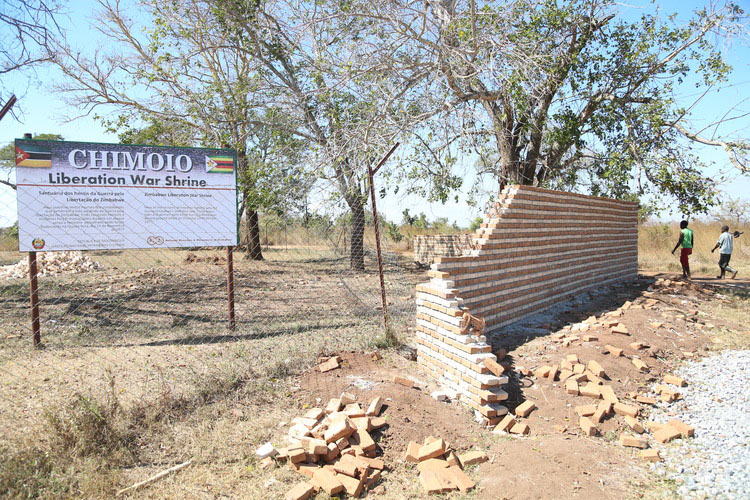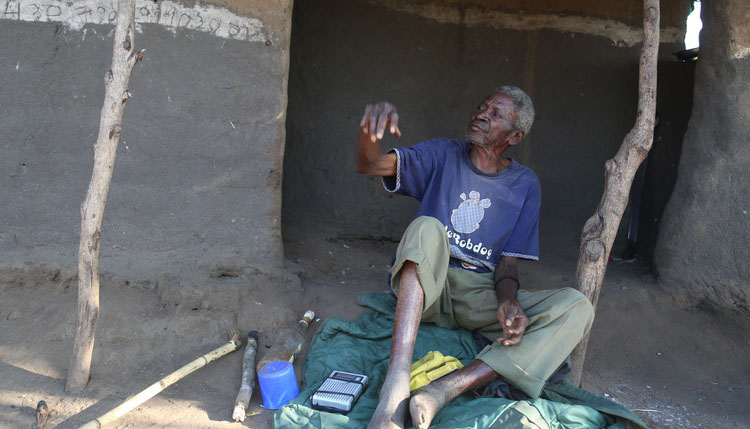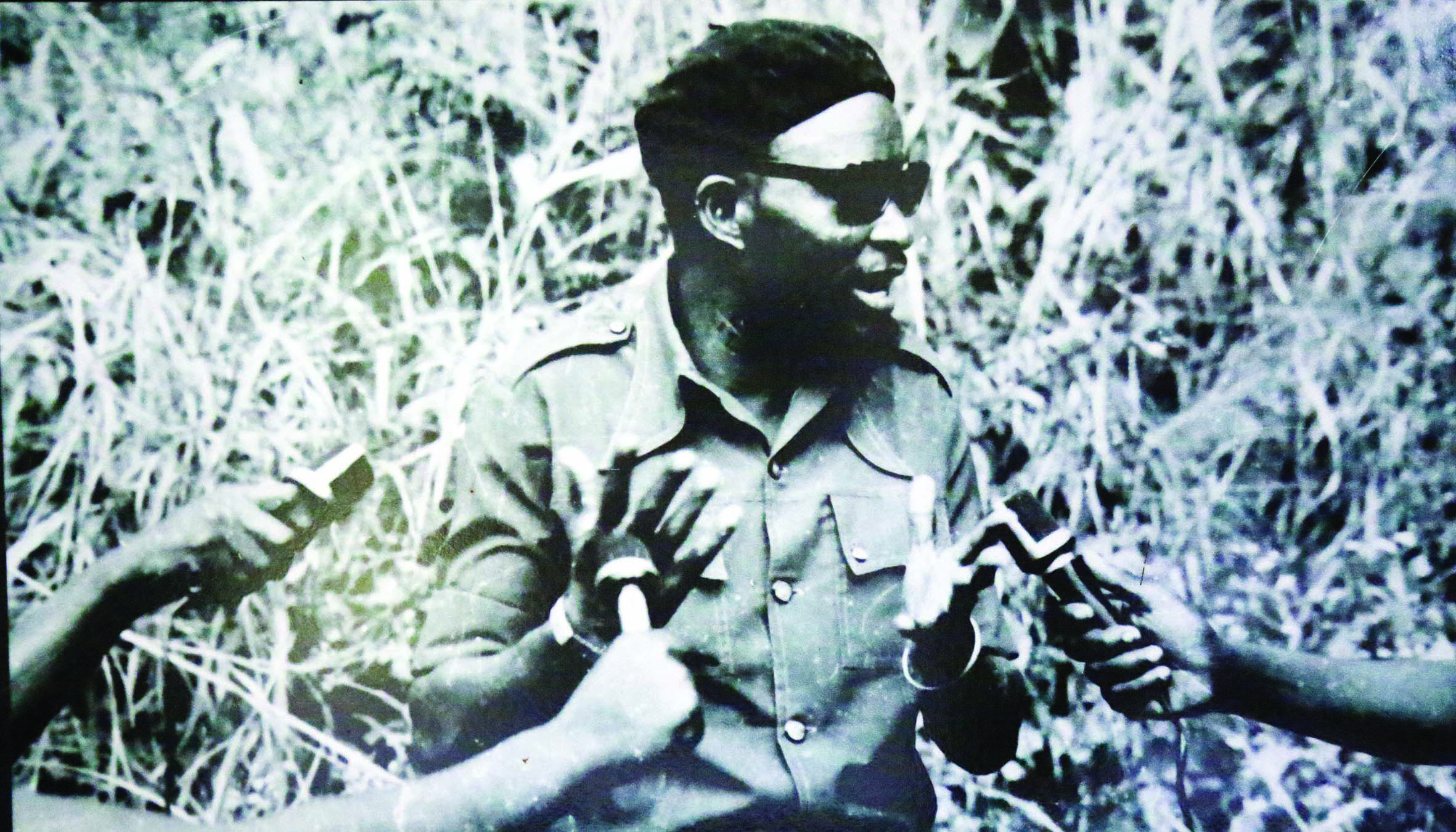
The Sunday Mail

The first trip to Chimoio two years ago was a potpourri of emotions: high on expectation, high on anxiety and equally high on sadness.
It is difficult to visit Chimoio and not be engulfed by some degree of sadness, sadness at the senselessness of war, sadness at the height to which humanity can sink, sadness that there are some souls that lie resting out there, souls that never made it into a new Zimbabwe, souls who died with just a dream of a free and just Zimbabwe.
Then that sadness, at least on that last visit, was compounded by what seemed like a deliberate attempt to forget the role of Chimoio, what seemed like a page in our history was being forgotten. A dark page.
Chimoio Shrine, built in remembrance of the thousands who were mercilessly massacred by the Rhodesian forces during three days of senseless bombardment in 1977, looked neglected, forgotten and tacked away just in the history pages.
The perimeter security fence around the shrine stood in some places and fallen in other sections. The flags were tattered and torn (the repetition is for emphasis) and Augusto Maritimo, the caretaker admitted that as much as he is keen to keep on mowing the grass to keep the shrine in good shape, his enthusiasm was not being matched by Zimbabwean authorities.
Apart from his allowances (for looking after the shrine) which were not constant, he bemoaned the apparent neglect that the shrine, given its stature in the history of both Mozambique and Zimbabwe, had to endure.
Fast forward two years and there is evidence that someone at the National Museum and Monuments, custodian of all such shrines inside and outside the country, must have seen and felt guilt about the state of affairs at Chimoio.
The signage at the entrance, which had been erased by years of sunshine, has been given a new fresh coat of paint. In fact, the message is now legible, unlike on the previous visit, where its massage had been erased by the passage of time.
The entrance is getting a facelift, with a brick-and-mortar enclave welcoming visitors.
Though Augusto was not at hand this time to give an update on what is going on at the shrine, his brother, Betinho Joao, was available to show us around. At 22 years old, he narrates the events of Chimoio with the authority of an eye-witness. The Chimoio massacre was 18 years before he was born!
Besides the fresh pair of Zimbabwean flags, which proudly fly either side of the Mozambican one, the new signage at the entrance and the facelift of the entrance, the shrine’s museum is taking shape.
A bit of background info might help.
The site of the Chimoio shrine is popularly known as kwaAdriano in and around Chimoio town. When Mozambique became independent in 1975, many Portuguese fled the country, not wanting to work together with the new government. Some of these leaving were farmers.
The Mozambican government, sympathetic to liberation movements in the region, offered some of the relinquished farms to the liberation movements. Adriano is one such farmer who left his, which was promptly offered to Zanu-PF, where it set up its base.
The Chimoio camp, just like the one at Nyadzonia, served dual purposes, doubling up as refugee and military camps. Those who had been displaced by war at the front, especially in areas that bordered Mozambique, found refuge at the two camps, among many others littered in and around our neighbour.
The house that Adriano left, his farm house, became the centre of operations of Chimoio. And in the senseless bombing that occurred from around 8am on November 23 1977, a bombardment which was to last for the next three days, the house was not spared.
However, some of its walls remained intact and the National Museums and Monuments has embarked on a painstaking exercise to, not only, rebuild the house but turn it into a museum.
The way the museum has been set up is such that any visitor to Chimoio will take in the events of those three days of bombardment without talking to anyone. In fact, the museum is a repository of not just the Chimoio massacre but the journey that Zimbabwe travelled from the formative days of nationalism, through the bravery of the Chinhoyi Seven, Altena Farm, the Chitepo Assassination, Nyadzonia massacre, the Chimoio massacre, some of the decisive battles which played big roles in Smith making concessions at Lancaster House, right through to Independence in 1980.
With the aid of graphic images, the museum tries to capture the mood of suffering that comrades endured during those relentless 72 hours.
There is a recreation of a scene of the Chimoio massacre, which aids one in understanding how grotesque the attack was.






